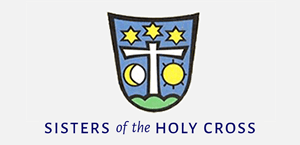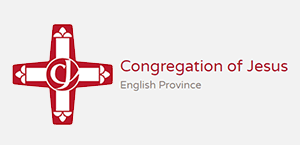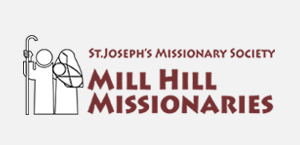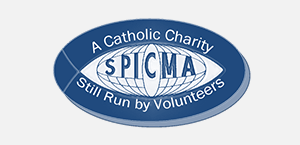Gospel in Art: Genealogy of Jesus Christ, son of Adam, son of God
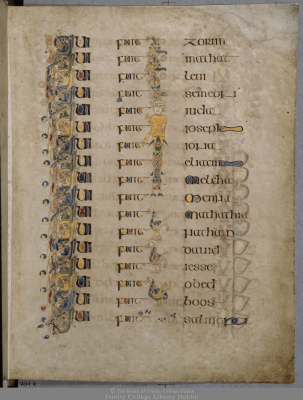
Book of Kells. Folio 201r: Luke; Genealogy of Jesus . Copyright : The Board of Trinity College, Dublin
Source: Christian Art
Gospel of 6 January 2024
Luke 3:23-38
When he started to teach, Jesus was about thirty years old, being the son, as it was thought, of Joseph son of Heli, son of Matthat, son of Levi, son of Melchi, son of Jannai, son of Joseph, son of Mattathias, son of Amos, son of Nahum, son of Esli, son of Naggai, son of Maath, son of Mattathias, son of Semein, son of Josech, son of Joda, son of Joanan, son of Rhesa, son of Zerubbabel, son of Shealtiel, son of Neri, son of Melchi, son of Addi, son of Cosam, son of Elmadam, son of Er, son of Joshua, son of Eliezer, son of Jorim, son of Matthat, son of Levi, son of Symeon, son of Judah, son of Joseph, son of Jonam, son of Eliakim, son of Melea, son of Menna, son of Mattatha, son of Nathan, son of David, son of Jesse, son of Obed, son of Boaz, son of Sala, son of Nahshon, son of Amminadab, son of Admin, son of Arni, son of Hezron, son of Perez, son of Judah, son of Jacob, son of Isaac, son of Abraham, son of Terah, son of Nahor, son of Serug, son of Reu, son of Peleg, son of Eber, son of Shelah, son of Cainan, son of Arphaxad, son of Shem, son of Noah, son of Lamech, son of Methuselah, son of Enoch, son of Jared, son of Mahalaleel, son of Cainan, son of Enos, son of Seth, son of Adam, son of God.
Reflection on the Illuminated Manuscript page
In the Gospel According to Luke, the genealogy of Jesus appears after the accounts of Saint John the Baptist and before the public life of Jesus. Luke's version begins with Jesus and ends with Adam. Saint Augustine notes that the count of generations in the Book of Luke is 77, a number symbolising the forgiveness of all sins.
Our illustration is an illuminated manuscript page from the Book of Kells listing all the ancestors according to Luke. The Book of Kells is one of the most famous and valuable artifacts of medieval Irish art. It is believed to have been created around 800 AD and contains all four Gospels, along with various prefatory texts, summaries, and interpretations. The text is written in Latin and is accompanied by intricate and elaborate illuminations and decorations. The illustrations and decorative ornamentation of the Book of Kells surpass those of other Gospel books at the time in extravagance and complexity. The decoration combines traditional Christian iconography with the ornate swirling motifs typical of Celtic art, created largely in the Irish monasteries. Figures of humans, animals and mythical beasts, together with Celtic knots and interlacing patterns in vibrant colours, enliven the manuscript's pages. The manuscript today comprises 340 leaves (or folios). Each side is written and decorated by hand. So counting the recto and verso of each leaf we have a total of 680 illustrated pages. Since 1953, it has been bound in four volumes. The leaves are high-quality calf vellum.
Both Matthew (Matthew. 1:1-17) and Luke (our reading today) give genealogical accounts. Matthew begins with Abraham and moves down to Jesus. Luke begins with Jesus and moves back through Abraham to Adam as I mentioned. Matthew deliberately arranges his genealogy into three groups of 14 generations each, with a total of 41 names. Luke has 77 names, apparently arranged in 11 groups of seven, although he never calls attention to this. Both genealogies affirm the fulfillment of Old Testament prophecies regarding the Messiah's lineage. They each reinforce the idea that Jesus is the promised Messiah and show the continuity of God's redemptive plan throughout history.
LINKS
Gospel in Art: https://christian.art/
Today's Reflection: https://christian.art/daily-gospel-reading/luke-3-23-38-2024/









